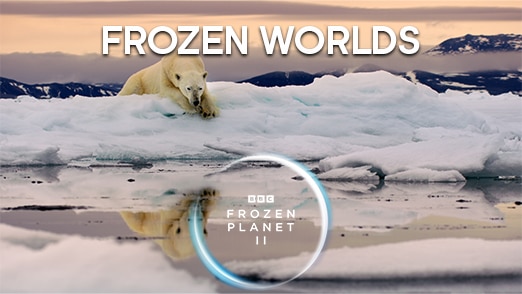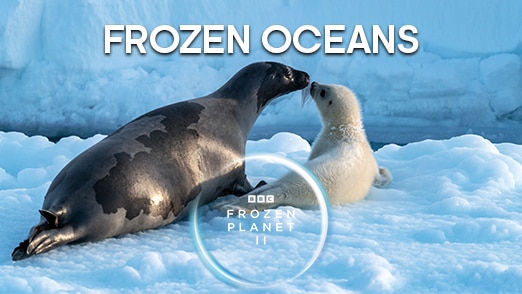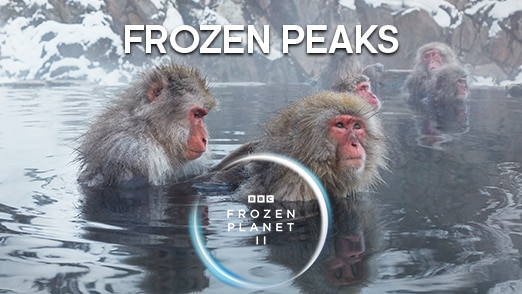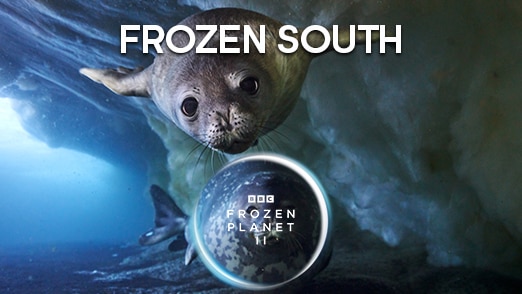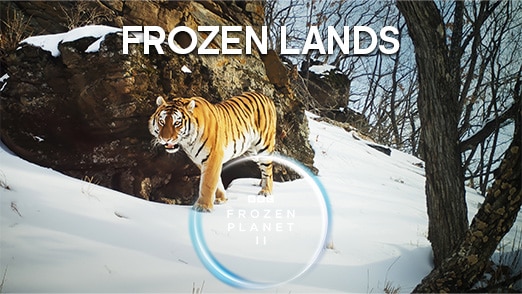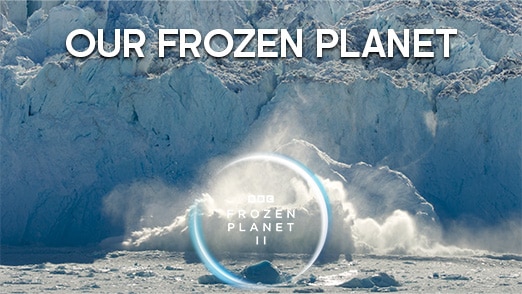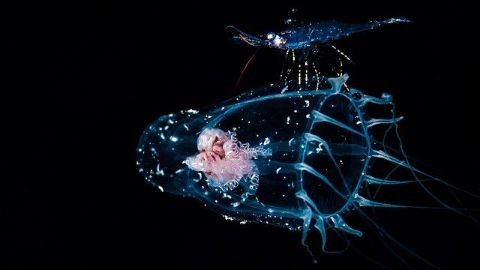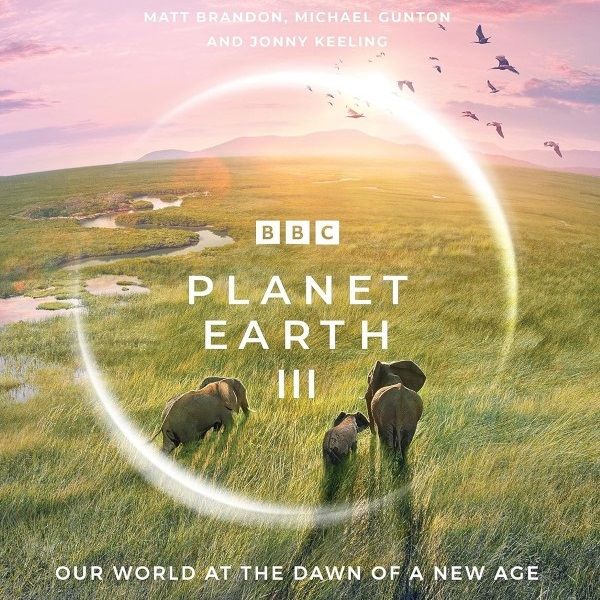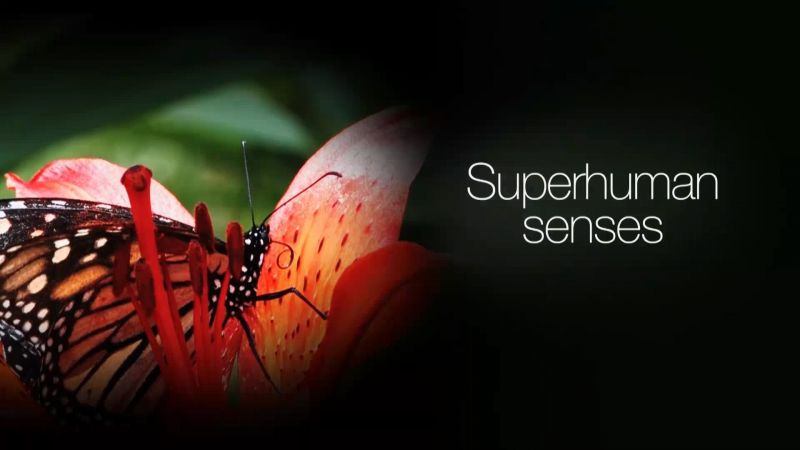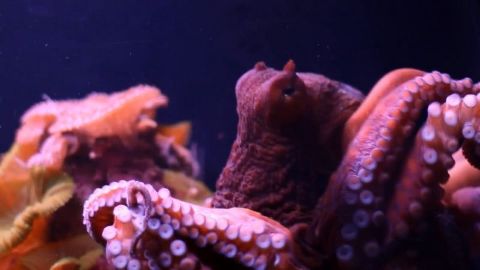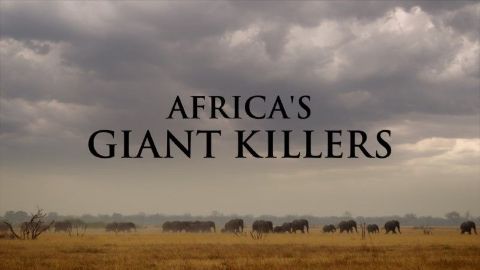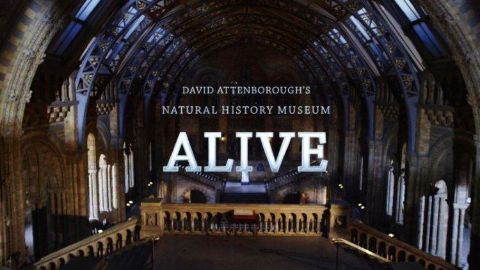Frozen Lands • 2022 • episode "S1E5" • Frozen Planet II narrated by Sir David Attenborough
The wildlife that inhabit the snow-covered forest and open tundra of the far north, including Arctic foxes that dig face first in the snow to hunt for lemmings and turtle hatchlings that stay frozen during winter, emerging from suspended animation in the first thaws of spring. Snowy owls take advantage of 24 hours of continuous daylight to hunt as much as possible. Plus, a look at how climate change is harming this environment by melting the permafrost deep within the soil.
Make a donation
Buy a brother a hot coffee? Or a cold beer?
Hope you're finding these documentaries fascinating and eye-opening. It's just me, working hard behind the scenes to bring you this enriching content.
Running and maintaining a website like this takes time and resources. That's why I'm reaching out to you. If you appreciate what I do and would like to support my efforts, would you consider "buying me a coffee"?
Donation addresses
BTC: bc1q8ldskxh4x9qnddhcrgcun8rtvddeldm2a07r2v
ETH: 0x5CCAAA1afc5c5D814129d99277dDb5A979672116
With your donation through , you can show your appreciation and help me keep this project going. Every contribution, no matter how small, makes a significant impact. It goes directly towards covering server costs.
